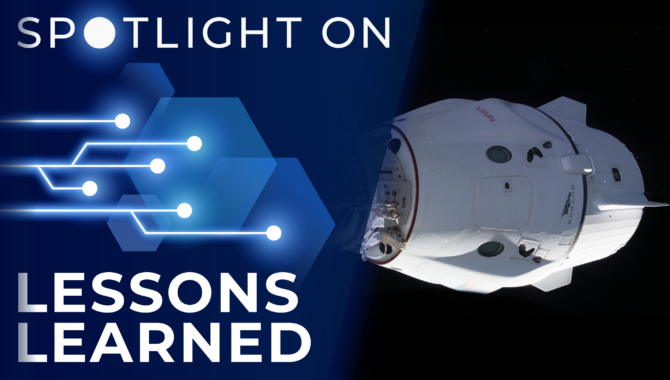
For NASA programs using risk-based independent verification and validation (IV&V), detailed NASA-developed/supported simulation of key flight phases provides deeper government insight and certification ability.

For NASA programs using risk-based independent verification and validation (IV&V), detailed NASA-developed/supported simulation of key flight phases provides deeper government insight and certification ability.
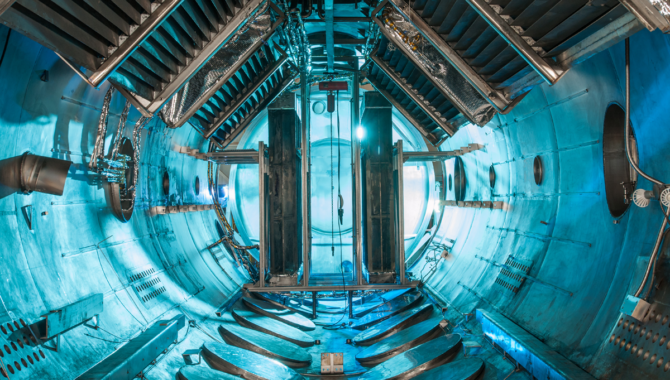
Resources focus on developing key professional competencies.
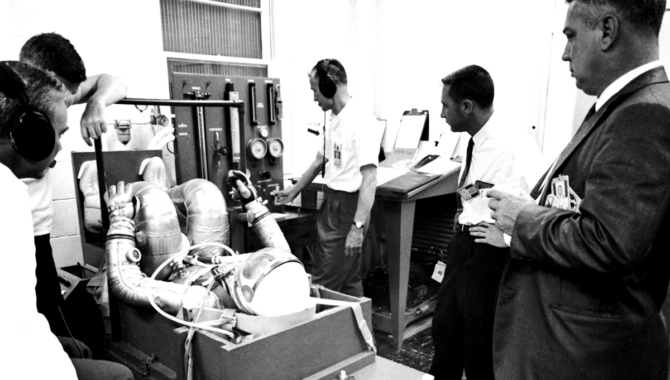
Astronaut tells rocket: ‘Okay buster, let’s go and get the job done.’
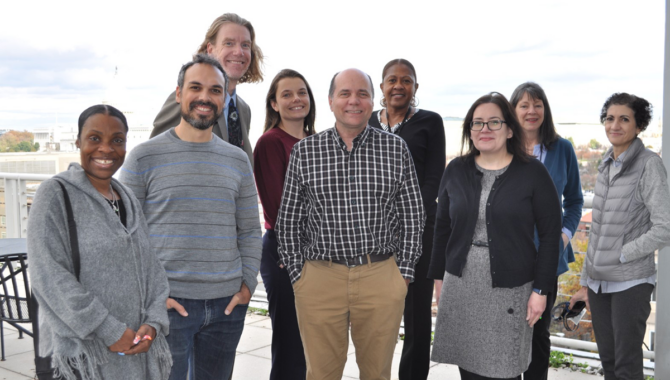
Strengthening program and project management to increase performance and enable long-term mission success for NASA.
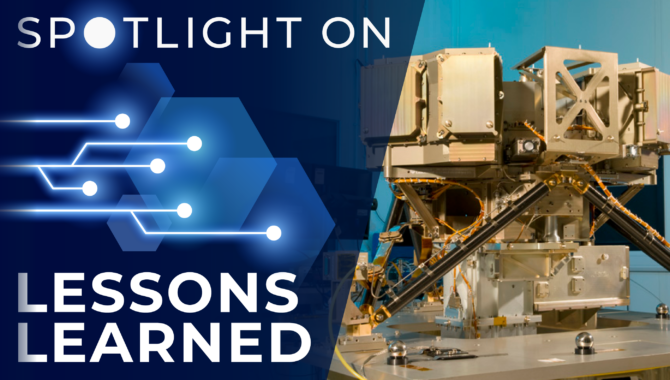
Shared use of a requirements management database with NASA contractors and partners greatly aids engineering collaboration and communication.
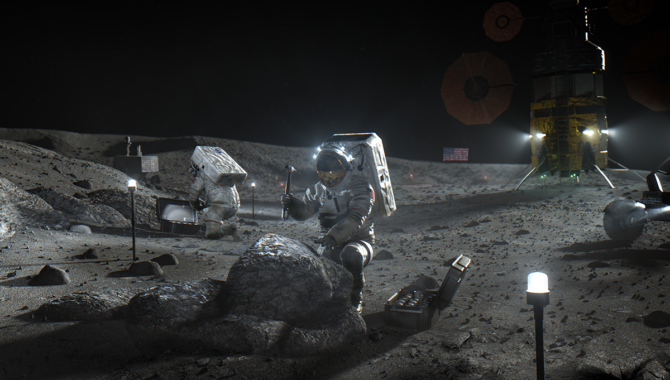
NASA aims to create a blueprint for sustained human exploration of solar system.
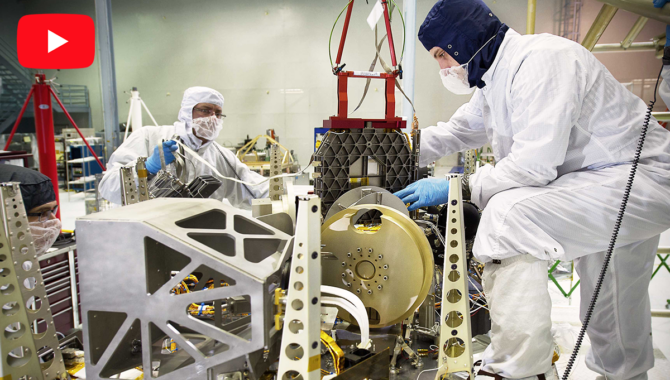
An engineer’s awareness of cognitive bias might help to prevent predictable errors in the engineering process.
Lessons learned over a career are useful for identifying team development opportunities to ensure mission success and safety of flight. All human and robotic spaceflight is accomplished by teams of people working with technology. Spaceflight is about leading and organizig teams of people to solve engineering problems
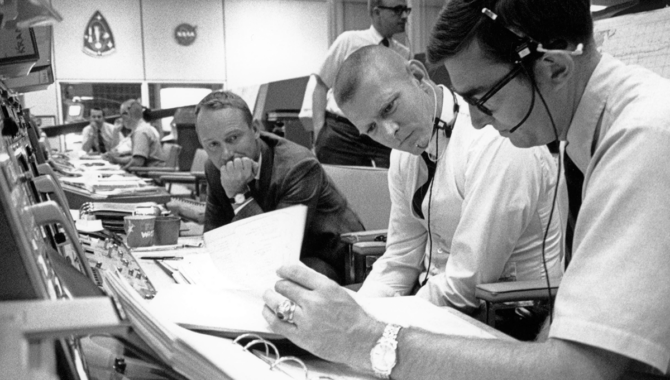
Howard Wilson “Bill” Tindall Jr. is credited by many who worked in the Gemini and Apollo Programs with playing a key role in leading the development of flight techniques used to design and fly the Gemini and Apollo missions.